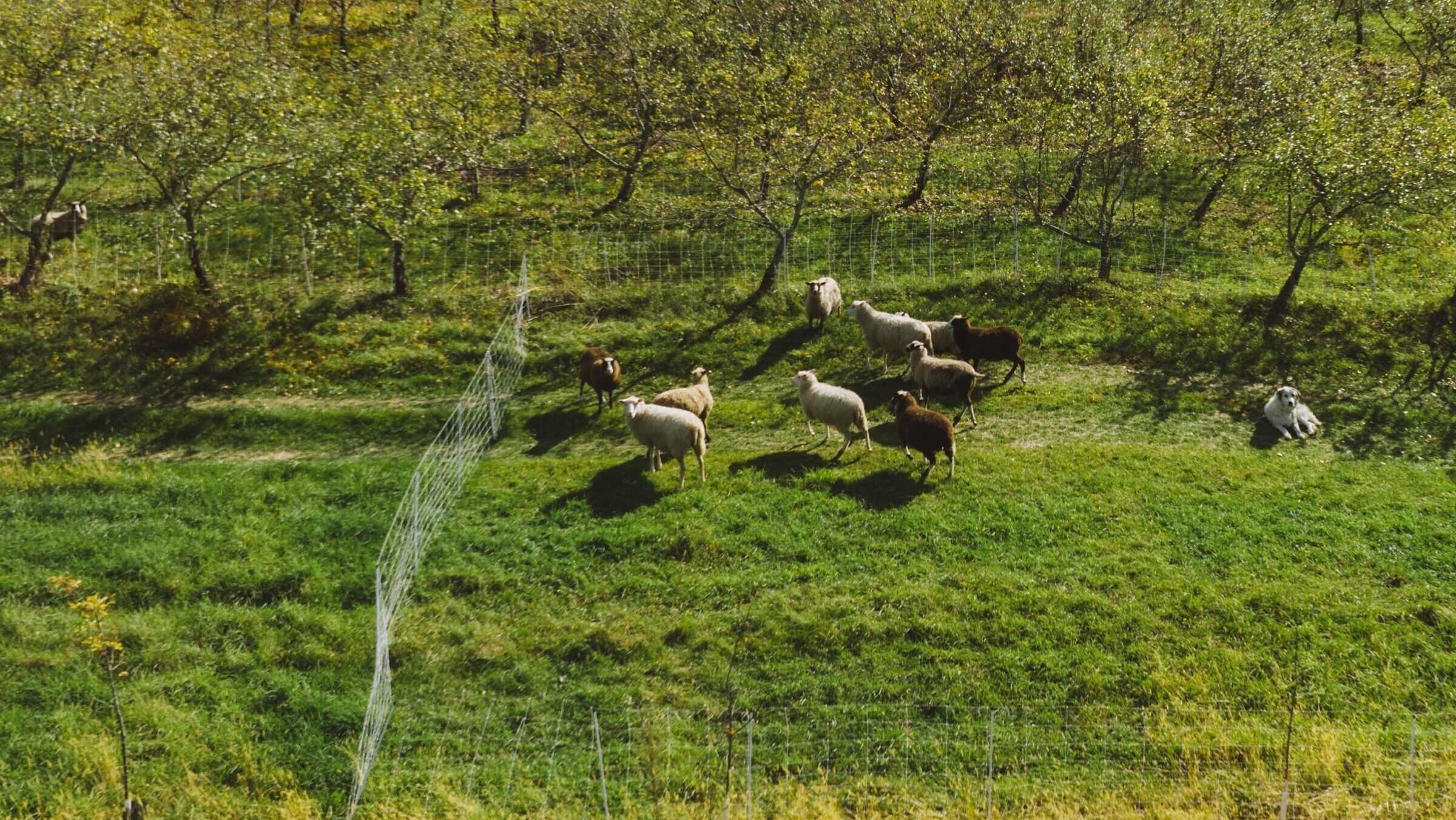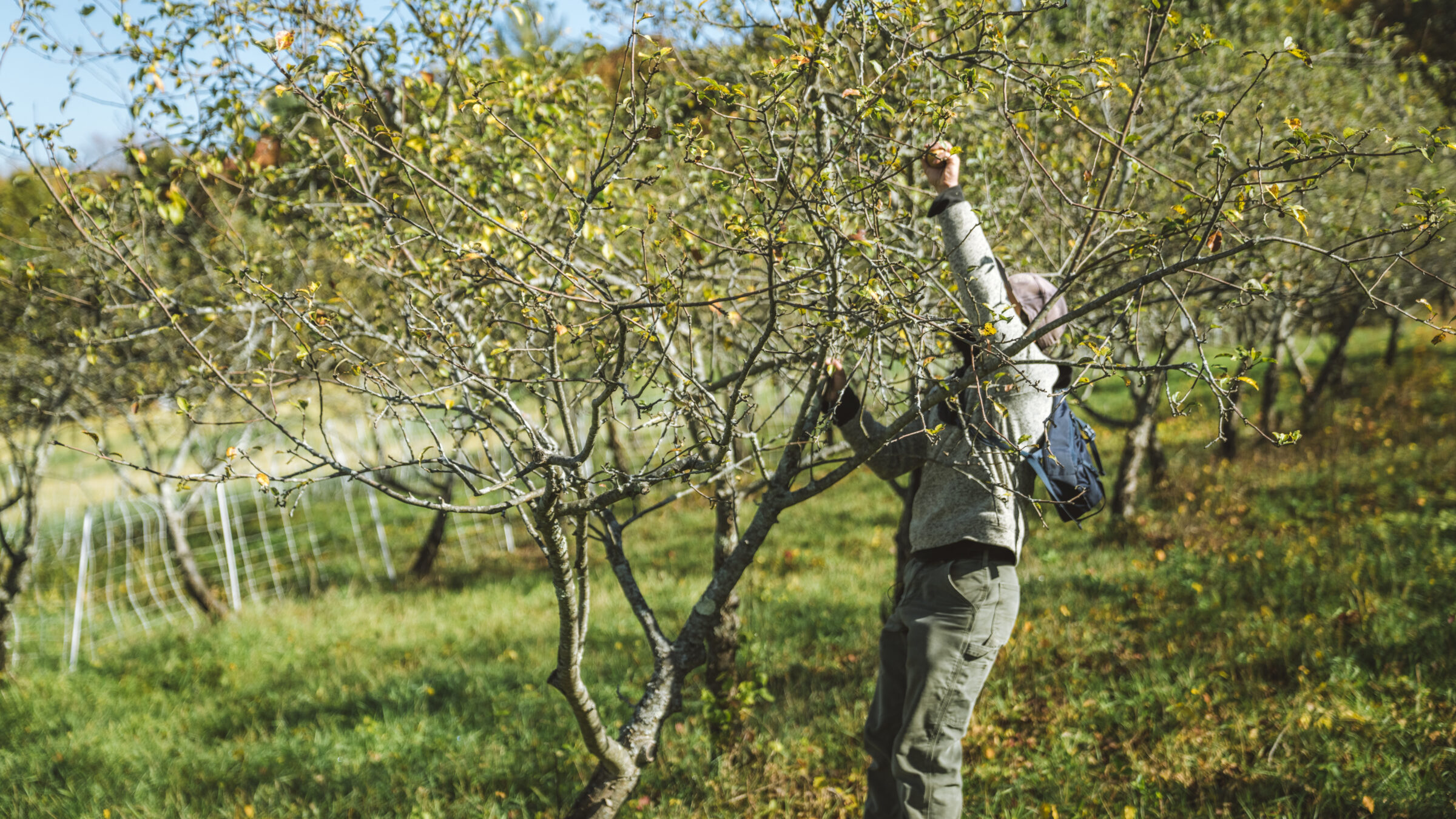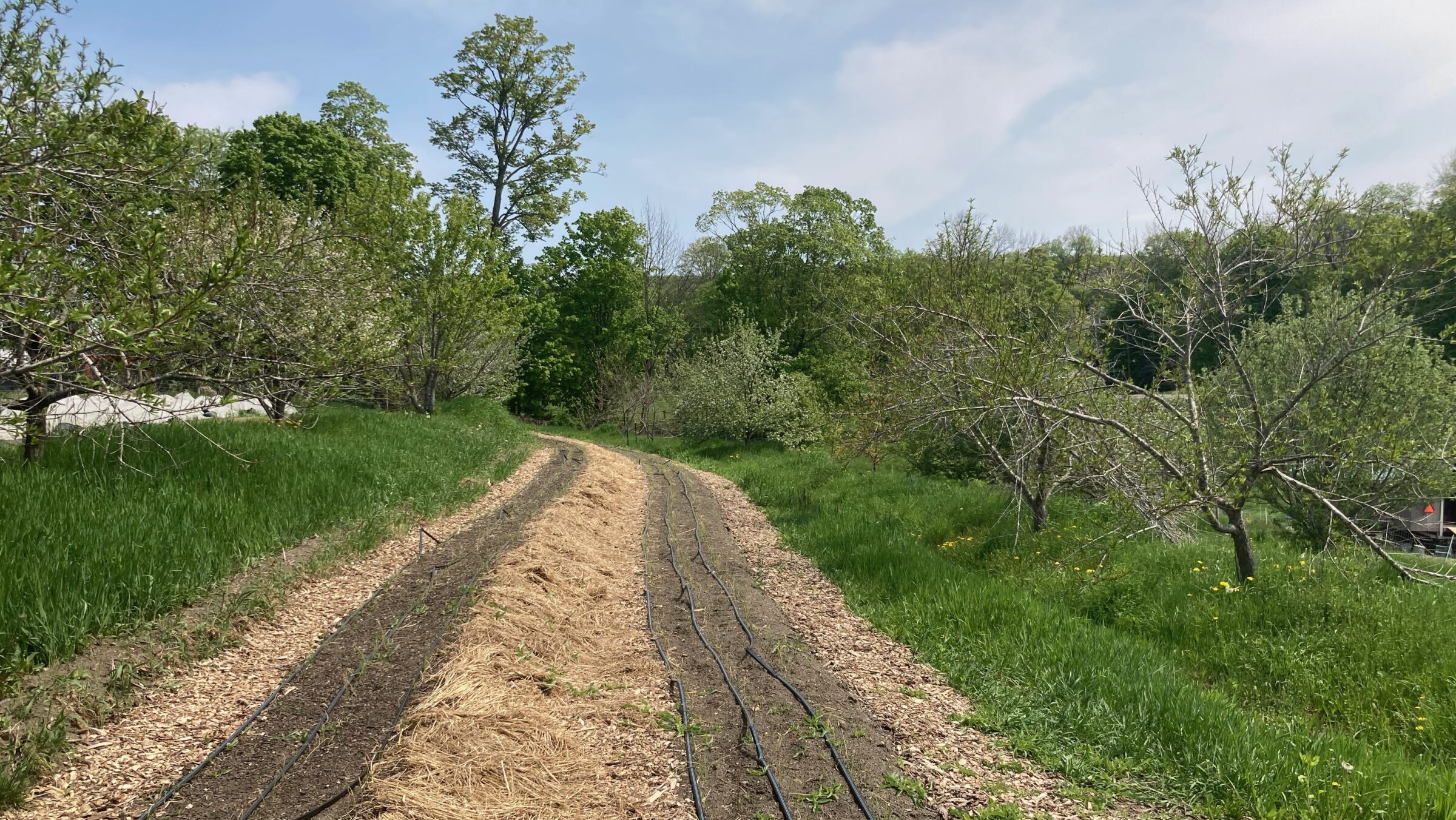
2. Goals Articulation
Writing a Goals Statement
Every farming plan must begin with a careful look at the vision and goals for the farm, enterprise, or homestead and its intended impact on its social, ecological, and economic resource base. A clear articulation of goals will also identify the interests and capabilities of the farm owner(s) or management team. While it may be tempting to skip this step, clarity here will inform every ensuing decision you make in regards to what you plant, grow, raise, harvest, and/or sell on your farm, what scale you are working at, how you interface with other people and entities, and what your indicators of success are.
Remember, it is not necessary to identify which specific crops or activities the farm will engage in to clarify the broader vision and examine the resource base you have to work with.
Guiding Questions
Consider deeply the following ten questions with whomever will be involved in the project/farm/organization:
- What do you want agroforestry to do for you, your land, your business, and your community?
- Who will be involved and/or impacted by this enterprise? Who are the decision-makers? Who will be doing the work?
- How much time do you/your team devote to this enterprise?
- Who has the money? What is your budget for this project? How will the work be funded?
- What knowledge and skills do you/your team bring to the enterprise? What do you/your team still need or want to learn?
- What aspect of the enterprise are you most excited/passionate about?
- What does wild success look like? What is your quality of life like?
- What are your financial goals for years 1, 3, 5, and 10?
- What impact do you want to have on your community?
- What impact do you want to have on the land? What does the land look like in 10, 20, 50 years?
Synthesize the results of your questions into a vision statement and a list of project goals. Also, list your essential values as you move ahead with the work.



Comments (0)